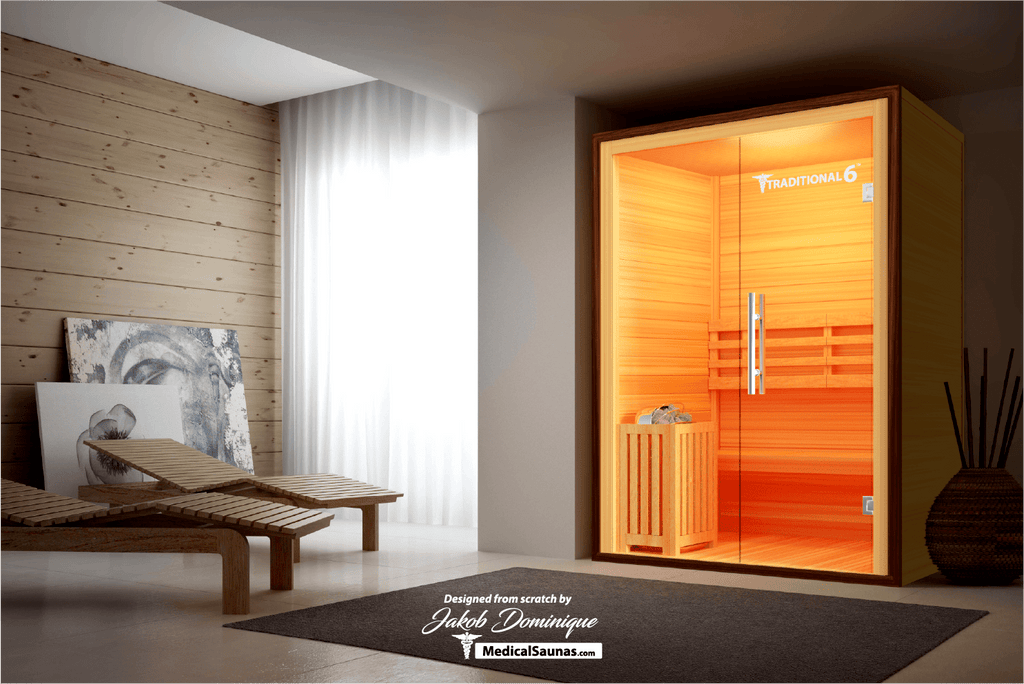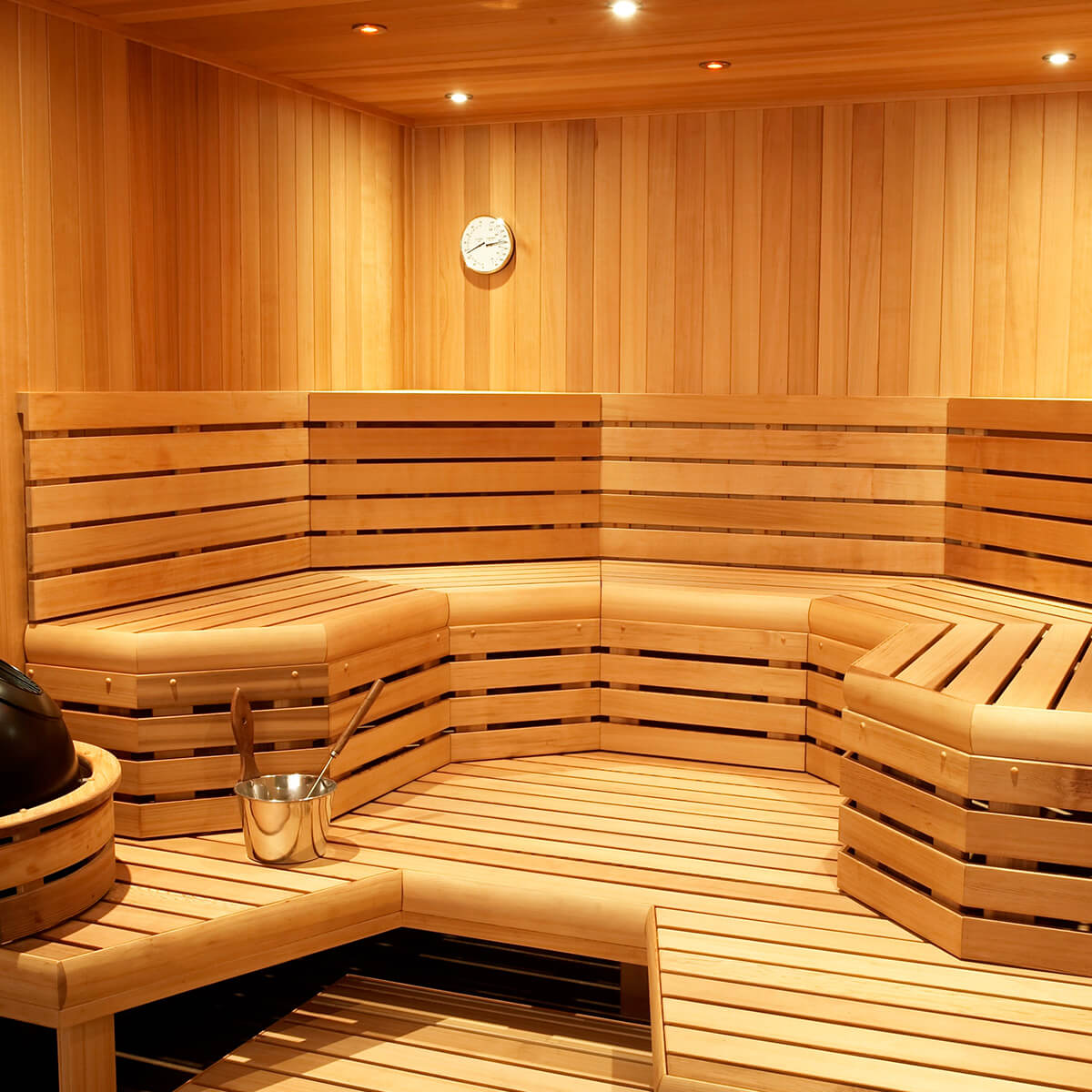Some Known Questions About Traditional Sauna.
Wiki Article
The Ultimate Guide To Traditional Sauna
Table of ContentsSome Ideas on Traditional Sauna You Should KnowThe Best Guide To Traditional SaunaTraditional Sauna Things To Know Before You Get ThisNot known Details About Traditional Sauna
The majority of the weight lost in a sauna is water loss and is re-gained upon rehydrating. However, without a question sauna can be a fundamental part of a healthy and balanced weight-loss program. To take a look at the differences between standard and IR saunas, I will certainly divide these into verifiable, academic, and made distinctions.Hence, the most popular factor in the saunawhich is at the ceiling directly above the sauna heateris commonly in between 185 and 190 F. Traditional Sauna. Claims that a conventional sauna exceeds 200 F is simply not true and not relevant for electric saunas marketed in the United States. The temperature level for a far-infrared sauna is usually set in between 120 and 140 F; nonetheless, unlike the standard sauna, the objective in and IR room is not to accomplish a heat
As a result of this, the temperature level difference is practically unnecessary, since extreme sweating leads to both sauna kinds, yet the approach of warming the body is various. In an IR sauna the bather will certainly feel warm and will certainly sweat a lot, however at much lower temperatures. Therefore, if the objective is to invest longer durations of time in the sauna, the IR sauna is a great option.

How Traditional Sauna can Save You Time, Stress, and Money.
When the high temperature level is attained, the components cycle on and off to maintain the heat. A lot of traditional sauna customers appreciate pouring water over the rocks to develop vapor to increase sauna humidity levels. The benefits of putting water over the rocks include: making the area much more comfortable, dampening the nasal passages, and enabling the use of aromatherapy by blending important oils with the water.In a far-infrared sauna, the heat waves penetrate the body to properly heat up the body and increase the body core temperature level. To attain this enhanced temperature, Far-infrared emitters create infrared energy which is close to the exact same wavelength as that which the body normally emitsoften referred to as the "Essential Array" of 7 to 14 microns), so the energy is well gotten by the body.
When the energy gets in the body, it causes the body temperature level to increase and inevitably results in sweat. In an infrared sauna it's vital for the emitters/heaters to remain on nearly regularly. Given that there is no mass of rocks to preserve warm, the sauna will cool if the emitters shut off.
As stated above, the sauna bather in an infrared room wants to place himself in front of running emitters to get maximum take advantage of the warm. The heating time for the two spaces can be very different, relying on exactly how the spaces are utilized. For a traditional sauna, a bather must allow 30-40 mins for the space to achieve a wanted temperature and to effectively pre-heat the rocks.
A Biased View of Traditional Sauna
A well constructed sauna will generally accomplish a temperature level of 150-160 F in concerning 30-40 mins. For hotter temperature levels, the room may require to heat for a longer period.To some, 15 minutes was "wasted" while the infrared energy warmed the wood panels as opposed to heating a body, while others find a pre-heated room to be extra comfortable and believe a raised beginning temperature is needed to start sweating. The size of recommended use for each and every area is about the very same (10-15 mins per session); nonetheless, as a result of the reduced air temperature levels and the ability to really feel the results of infrared warm quicker than a standard sauna, it is not unusual for a person to spend a total amount of 20-30 minutes in an infrared sauna.
Traditional saunas often tend to be bigger (hence utilize even more power) than infrared saunas, although conventional saunas are definitely offered in one and two person dimensions. For a two-person conventional sauna, 5x6 or 5x7 size is most preferred. The leading bench can easily seat two or three individuals and is additionally enough time to relax throughout the sauna session.


The average price per kWH of electrical energy in the united state is approximately $0.11, so a 4.5 my sources kW heating unit will cost about $.50 to run for one hour, if the heater runs continuously for one hour. Commonly a sauna heater will run for 75% of the first hour and 50% of subsequent hours on since the elements cycle once the set temperature level is accomplished.
Little Known Facts About Traditional Sauna.
A 2 person far-infrared room is normally literally smaller sized than a standard sauna, often concerning 4' x 4' or smaller. The IR heating unit is typically 1.5-1.7 kW utilizing a 120 volt 15 amp plug-in service. Because the room can be utilized faster than a sauna room, we will think the space is utilized for to of an hour including warm up time.Ultimately, there is here are the findings a rarely gone over difference in the social experience in between both rooms. While our society has actually shed several of the social benefit of the conventional sauna experience, it can be very socially gratifying. From household time in the sauna, to heart-felt discussions with considerable others, to sauna partiesthe traditional sauna experience can cause intimate mingling.
The majority of greater end infrared rooms consist of colored light therapy, audio systems and next page full-glass fronts.
Report this wiki page